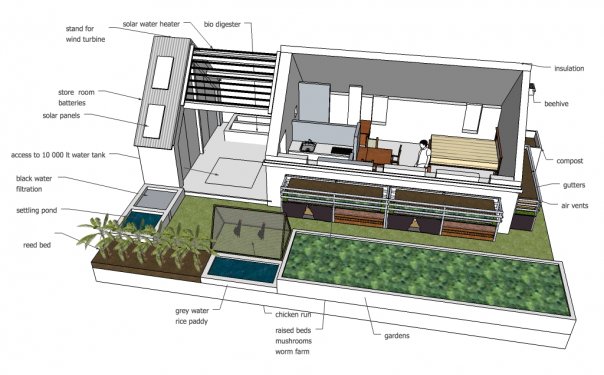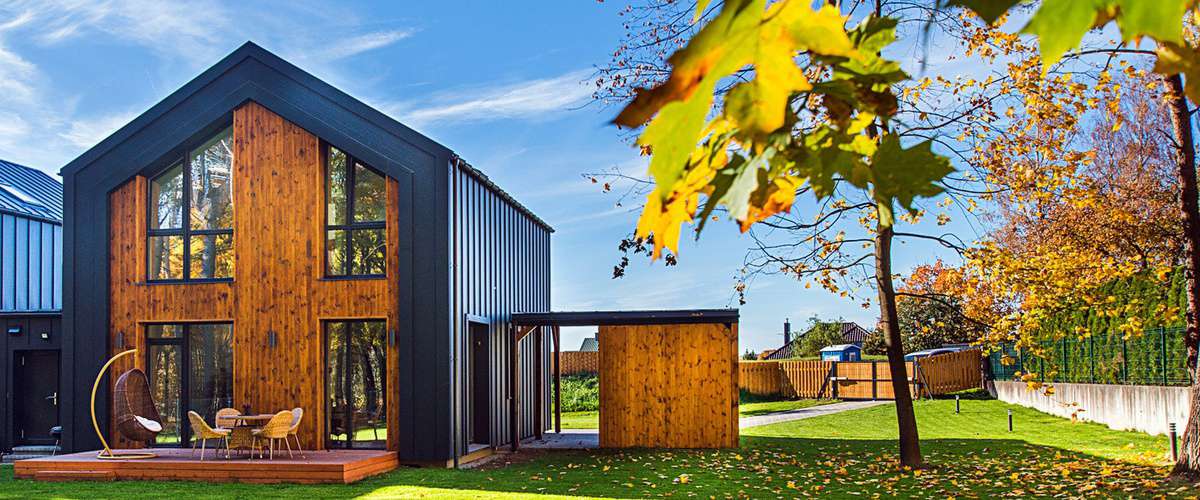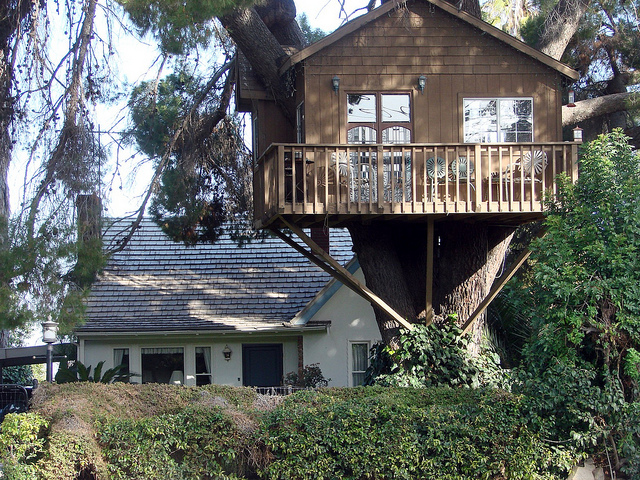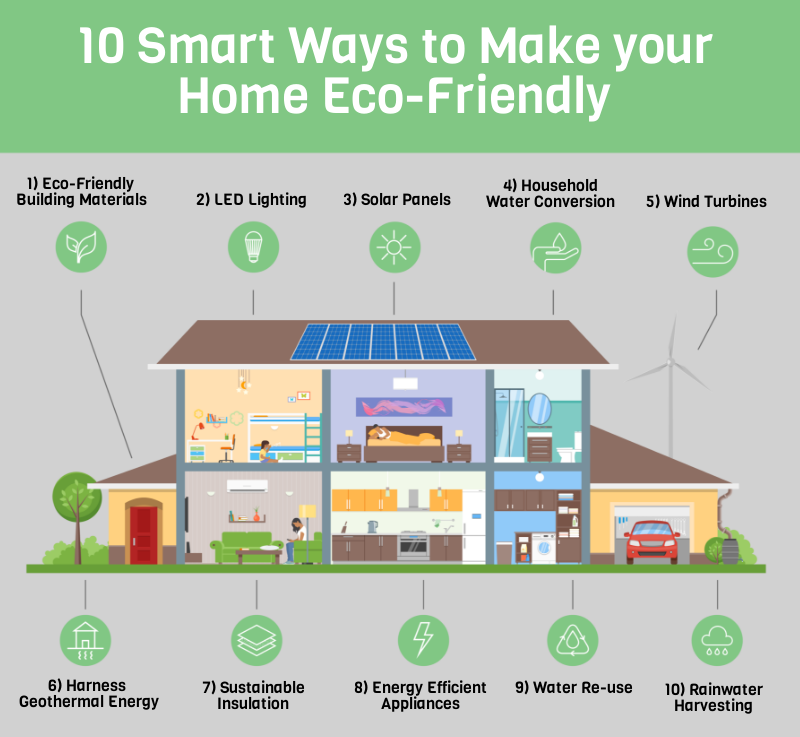Going green with your build has thankfully moved slowly towards the mainstream. There are plans and green designs out there to help you. There are whole industries popping up to cater for all the needs of an eco home. Ten years ago this would have been unthinkable. And if this is something you are considering, it has never been more affordable or easier to accomplish. But before you leap into your project here are some tips that may make your journey easier.

How green is your site?
It may be covered in grass and have wildflowers sprouting from it but do you know what lies underneath? Maybe it was a lovely orchard. Many orchards used chemicals such as cyanide as a matter of course in days gone by. If that is the case, your soil could be contaminated. You need to be sure what you are building on. For peace of mind and professional advice, talk to a company who can undertake soil testing for you. This will also be invaluable if you are thinking about growing your food or running a lifestyle property.
Budget versus dreams.
How far do you intend to take your green vision? Many standard houses are coming up to scratch with green credentials. It may be that you have seen an Earthship and nothing else will do. The problem rises in that costs often force you to make compromises and reluctant decisions further down the line.
So for example, would it be better to have a cheaper more traditional house that incorporated all the features that you would like? Or do you want to spend more money on an individual bespoke build and perhaps have to compromise on some features? Either way, it will make sense for you to consider your design very carefully.

Choosing materials that look eco are not necessarily going to be the most environmentally desirable. For instance, a concrete floor is going to provide a home with the best thermal mass. Even hardwood timber from ‘managed’ sources is going to have to be imported. You can make huge advances and savings simply in terms of how you position your home. Opening up a house by using glass can also bring in light and heat.
If you are opting for thermal mass heating, underfloor heating, grey water waste recycling you will need to factor these in. The same applies to any sewage disposal plans. Other features that would be advisable to have sorted could be natural pools and the position of rainwater collection tanks.
After the build
Living and running your home is going to show how well your design matches up with the reality. Just because you have installed solar panels doesn’t mean you will have an efficient system that will provide all your needs.
You need to think before you build what the options are and what you can do in the event of a backup. Any new build will need tweaking and altering, and an eco home is no different. But the reality is that the cost and efficiency of some services might not warrant their investment. The answer might be to have the ability to switch between your supply and that of the main provider.
At the end of the day building an eco-home will always involve a bit of a compromise. But with vision on your side, that does not have to be to the detriment of your dream.




